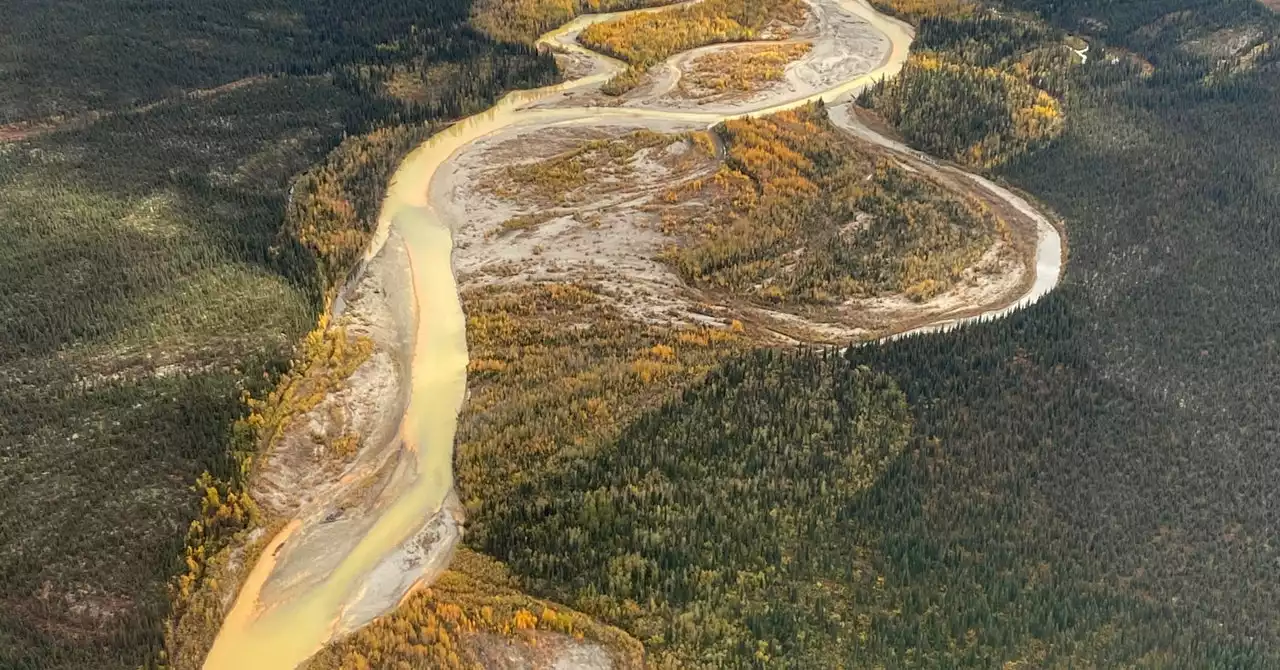The phenomenon threatens local drinking water, and scientists think climate change may be the culprit.
Dozens of once crystal-clear streams and rivers in Arctic Alaska are now running bright orange and cloudy, and in some cases they are becoming more acidic. This otherwise undeveloped landscape now looks as if an industrial mine has been in operation for decades, and scientists want to know why.
Dial, who has spent the last 40 years exploring the Arctic, was gathering data on climate-change-driven changes in Alaska’s tree line for a project that also includes work from ecologists Patrick Sullivan, director of the Environment and Natural Resources Institute at the University of Alaska Anchorage, and Becky Hewitt, an environmental studies professor at Amherst College. Now the team is digging into the water-quality mystery.
The phenomenon is visually striking. “It seems like something’s been broken open or something's been exposed in a way that has never been exposed before,” Dial said. “All the hardrock geologists who look at these pictures, they're like, ‘Oh, that looks like acid mine waste.’” But it’s not mine waste. According to the researchers, the rusty coating on rocks and streambanks is coming from the land itself.
